By Tony Guerra Updated June 27, 2018
A Navy captain, paygrade O6, is equivalent in rank to a U.S. Army, Air Force or Marine Corps colonel. Sitting just below the flag officer rank of Navy rear admiral, lower half, a Navy captain typically exercises a great deal of command and authority. In terms of total numbers of Navy commissioned officers on active duty, only a small number attain the rank of captain. Regardless of the specific military retirement system they fall under, retiring Navy captains earn good pensions.
At minimum, it takes 21 to 23 years of commissioned service in the Navy to be promoted to captain. Navy captains also generally can't serve past 30 years of commissioned service. Except for needs of the service, Navy captains failing to be selected for promotion to rear admiral are subsequently moved to the retired list. As of 2018, a Navy captain's projected retirement pay after 20 years would average $5,238 in year one after retirement and rise to $11,752 per month forty years after retirement.
The department of defense website provides a compensation calculator to adjust assumptions based on rank at retirement and other factors.
The military has three non-disability retirement systems. Military personnel joining before September 1980 receive Final Pay pensions ranging from 50 to 75 percent of the base pay they were earning upon retirement. The September 8, 1980, to August 1986 High 36 military retirement system pays pensions based on the average of the highest 36 months of base pay earned. The post-August 1986 military Redux retirement system pays eligible recipients at the High 36 averaged rate or a combined career status bonus and Redux rate.
Up to 30 years of service, the military's Final Pay and High 36 retirement systems pay an additional 2.5 percent in retired pay for every year served past 20. Under all three retirement systems, though, a retiring Navy captain with 30 years of service would earn 75 percent of his base pay, or up to $8,529 monthly. Redux initially creates lower base pay earning floors up to 30 years, however, resulting in up to 10 percent less military retirement pay to start.
Redux initially creates lower base pay earning floors up to 30 years, however, resulting in up to 10 percent less military retirement pay to start.
Military members' retirement benefits include health care and annual cost-of-living adjustments. Retired military personnel and their eligible dependents may receive medical care in on-base treatment facilities or through TRICARE, the military's health insurance program. Another part of a retired military service member's retirement compensation is the cost-of-living adjustment. Military retired pay COLA increases are tied to the government's consumer price index. Military Redux retired pay recipients receive COLA based on the CPI minus 1 percent.
References
 com: Health Care for Retirees
com: Health Care for Retirees Resources
Writer Bio
Tony Guerra served more than 20 years in the U.S. Navy. He also spent seven years as an airline operations manager. Guerra is a former realtor, real-estate salesperson, associate broker and real-estate education instructor. He holds a master's degree in management and a bachelor's degree in interdisciplinary studies.
GET UP TO $115K NOW
Text NAVYBONUS to 764764 for information.
Text HELP for help. Msg & data rates may apply.
Your Navy service will never go unrecognized, with pay and benefits that rival the private sector. Earn to support yourself, your family, your ambitions and your future. Receive reliable insurance, retirement coverage, education opportunities and perks you never even considered. Just as you dedicate your life to the nation’s cause, we dedicate our dollars to you. The Navy is a family, and we take care of our family.
Just as you dedicate your life to the nation’s cause, we dedicate our dollars to you. The Navy is a family, and we take care of our family.
Contact a recruiter to hear our Sailors’ firsthand experiences with pay and benefits.
The below table shows base monthly pay for full- and part-time Enlisted Sailors and Officers. It does not include the significant bonuses, housing and living allowances, medical care or other benefits the Navy provides.
Most Sailors will start as an E-1 (for Enlisted) or O-1 (for Officer), rise in rank within two years and continue to receive regular rank promotions as they serve. If you have college experience or other skills, you may start at a higher rank.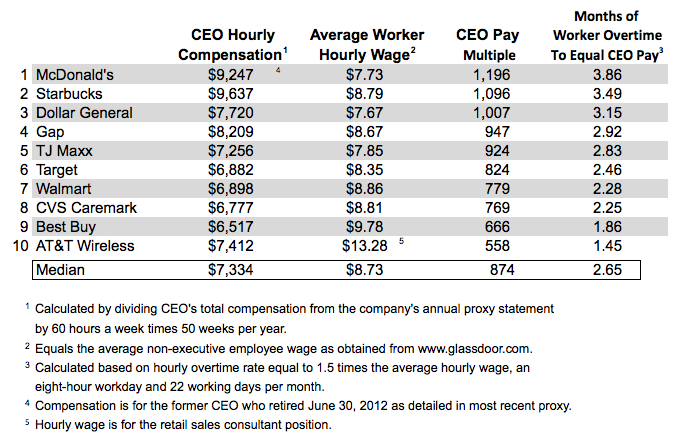
Download Active Duty and Reserve pay charts here.
*If you're a Navy Reserve Sailor, you will receive four days of base pay for every two days of weekend drilling as well as full Active Duty pay during Annual Training. You will also be compensated for any additional days you choose to serve.
Download Active Duty and Reserve pay charts here.
Yes, your pay starts the day you get to boot camp. Most new enlisted Sailors start out at the E-1 pay grade, but there are exceptions. You may also be eligible for additional bonuses and allowances. Talk to a recruiter for more information.
You can earn an enlistment bonus of up to $50,000.
Earn Special Pay for hazardous duty, advanced skills like aviation or high-demand roles such as health care.
Sea Pay, Submarine Duty Pay, Hardship Duty Pay and Tax Exclusion are available based on location of service.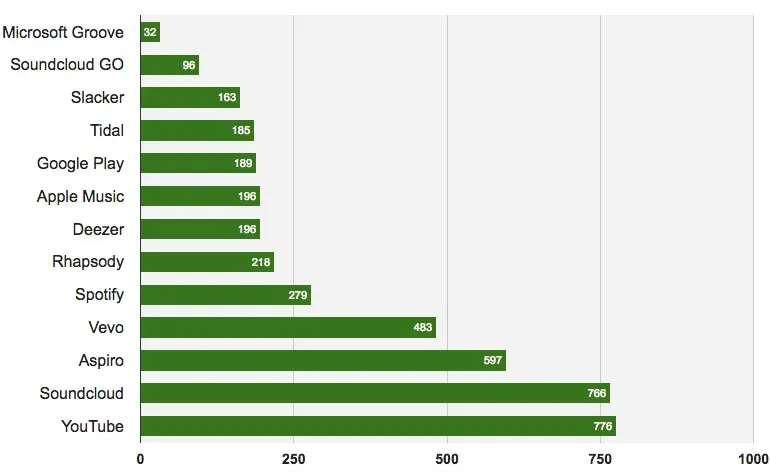
The Navy will help you pay for housing with allowances provided to Sailors living off-base. Allowances will vary depending on rank, rate, housing location and dependents.
As with any career path, Sailors are eligible for raises and promotions based on performance, accumulated years of service, and needs of the Navy. In addition, Congress generally authorizes a military pay raise every year to reflect cost-of-living increases.
Our people are our most valuable assets, so we care for them well. With world-class training, opportunity to pay for college and advanced degrees, access to the best health care in the country, retirement plans, tax incentives, and more perks than you could have imagined, Navy Active Duty benefits are the most competitive out there. Peace of mind is right at your doorstep.
Knowledge may be free, but education is increasingly expensive. That’s why the Navy helps Sailors pay for college and education. With programs like NROTC, Tuition Assistance, the Post-9/11 GI Bill and many more, the Navy will help you earn degrees at almost no cost to you. If it sounds too good to be true, just remember that we won’t take the tests for you — the hard part is still on you. Contact a recruiter for more information about education opportunities.
That’s why the Navy helps Sailors pay for college and education. With programs like NROTC, Tuition Assistance, the Post-9/11 GI Bill and many more, the Navy will help you earn degrees at almost no cost to you. If it sounds too good to be true, just remember that we won’t take the tests for you — the hard part is still on you. Contact a recruiter for more information about education opportunities.
Learn more about undergraduate degree opportunities here.
Or explore graduate-level and specialized program opportunities here.
Ambition and work ethic are rewarded in the Navy. Regardless of what job function or pay grade you have upon entering the Navy, promotions are standardized and everyone has an equal opportunity to progress to the next level based on individual performance and the needs of the Navy.
As one of the most technologically superior forces in the world, we encourage hands-on training to advance specialized interests. Our training centers catapult you toward your career goals by developing skills that will serve you well both in the Navy and beyond. If there’s a job in the civilian world you like, we have the training to prepare you to be the best at it. Find your career now.
Our training centers catapult you toward your career goals by developing skills that will serve you well both in the Navy and beyond. If there’s a job in the civilian world you like, we have the training to prepare you to be the best at it. Find your career now.
As you progress in your career, you will obtain more responsibility and, with that, more freedom to lead a team to mission success. The further you progress in your career, the more we rely on you to set an example as a leader. Your training will prepare you for this crucial role.
Through the Navy Credentialing Opportunities Online (COOL) Program, you can translate your training into certificates and credentials that can solidify coveted jobs for you in the future. By the end of your Navy career, you’ll not only have new skills and experiences, but also the credentials to back them up.
The Navy is in a unique position to offer premier health insurance coverage through its very own fleet of top doctors, nurses, dentists and surgeons with Navy Health Care.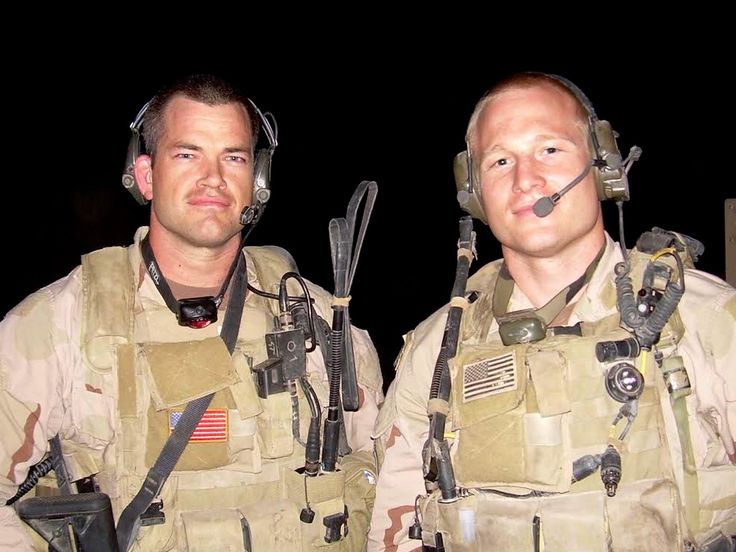 World-class health insurance is available to you and your family at all military medical and dental facilities, as well as for special services that require outside providers. Discover more information about Navy health care coverage.
World-class health insurance is available to you and your family at all military medical and dental facilities, as well as for special services that require outside providers. Discover more information about Navy health care coverage.
Life insurance in the Navy is not taken lightly. When you put your life in our hands, we make sure you and your family are taken care of with term life insurance under the Servicemember's Group Life Insurance (SGLI) plan and the Family Servicemember's Group Life Insurance (FSGLI) plan. Earn up to:
Navy Reserve Sailors and their families are also eligible for coverage through the Department of Defense Health Care Program, TRICARE. This program combines civilian and armed services health resources, offering complete health care coverage.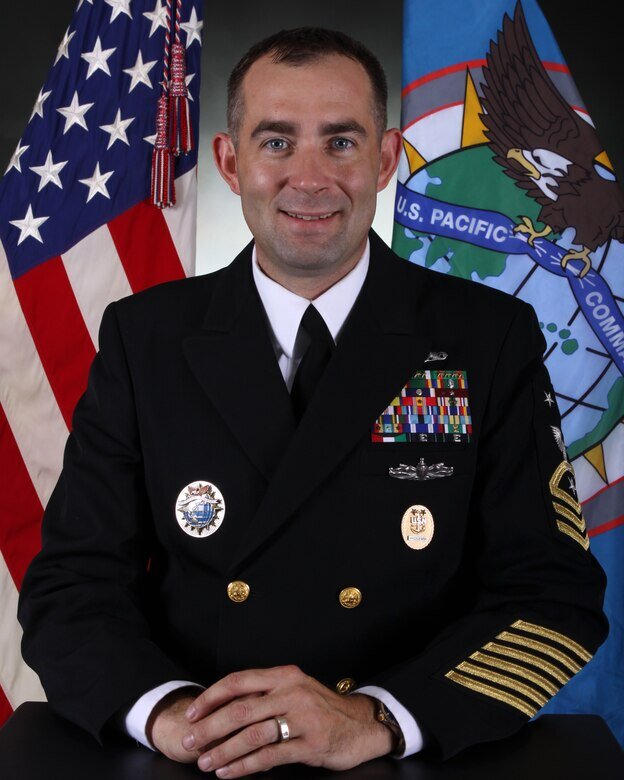
Adventure seekers, pay attention. This is your ticket to traveling the world with perks no civilian could ever access. With over 100 ports of call around the world in every time zone, you can expect to travel far and wide, if you so choose.
As life gets more expensive and lasts longer, more Americans find themselves unable to retire easily. Sailors who serve 20 years receive a guaranteed steady retirement income. To give you some perspective, by age 38, you could retire with a monthly paycheck for the rest of your life, freeing up time for travel, family and passions. With military retirement pay on top of what you will have saved through the Thrift Savings Plan, you can play the long game — and win.
With military retirement pay on top of what you will have saved through the Thrift Savings Plan, you can play the long game — and win.
Calculate what you could earn with the military retirement calculator.
The exercises of the Russian Navy began in the Black Sea. They will be held from 13 to 19 February. Even before they began, the maneuvers caused a sharp reaction in Ukraine and in NATO countries. "Gazeta.Ru" figured out what the purpose of the exercises is.
Maneuvers with the participation of more than 30 Russian warships started in the Black Sea, the press service of the Black Sea Fleet (BSF) of Russia reported. “At various stages of the exercise, naval formations and units of the coastal forces of the fleet aviation will carry out a complex of missile and artillery firing, missile and bomb strikes against sea, coastal and air targets,” the message says.
"Paper Army". The general accused the Armed Forces of Ukraine of abandoning the exercises in favor of cartoons
Problems unresolved by Kyiv in the field of combat training led to the emergence in Ukraine ...
February 12 20:11
The purpose of the exercises is to defend the sea coast of the Crimean peninsula, the Black Sea Fleet's bases, as well as facilities of the country's economic sector, maritime communications and areas of maritime economic activity.
At the initial stage of the exercises, the ships left the bases in Sevastopol and Novorossiysk, and then "made the transition to the designated areas." Commander of the Black Sea Fleet Admiral Igor Osipov directs the maneuvers.
Earlier, the press service of the Black Sea Fleet reported that scheduled exercises will be held in the Black Sea, in which the naval tactical groups of the Black Sea Fleet will participate. During preparation for them, the sea minesweepers Valentin Pikul and Vice Admiral Zakharyin worked out training tasks at one of the Black Sea training grounds.
In connection with the upcoming exercises, Russia blocked several areas of the Black and Azov Seas for navigation, which caused indignation in Ukraine. The command of the Naval Forces (Navy) of Ukraine stated that Russia is engaged in "destructive activities" in the "Azov-Black Sea region".
“Russia continues to destabilize the situation in the Azov-Black Sea region by closing a significant part of the sea areas - almost the entire south of the Azov Sea and the north-west of the Black Sea. Russia has declared them dangerous for navigation for the period from February 13 to 19 in connection with exercises in which rocket and artillery fire will be carried out. At the same time, Russia continues the militarization of the Black Sea region in order to put pressure on Ukraine and the world,” the Ukrainian Navy said in a Facebook post.
The exercise is taking place at a time of acute crisis in relations between Russia and NATO. Western countries and Ukraine have repeatedly announced the concentration of Russian troops near the Ukrainian border and the allegedly impending "Russian military invasion" of Ukraine.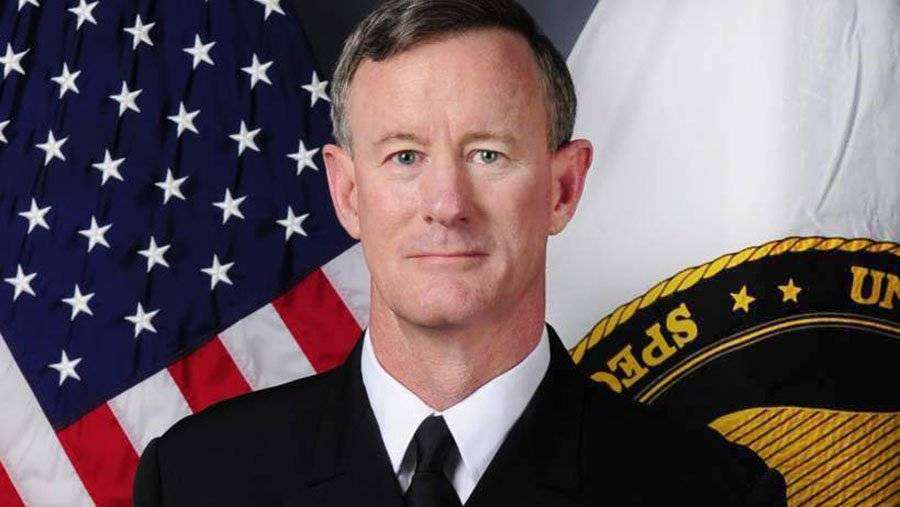 Moscow, in turn, has repeatedly stated that Russia has no aggressive plans towards Ukraine.
Moscow, in turn, has repeatedly stated that Russia has no aggressive plans towards Ukraine.
"Russian exercises in the Black Sea are taking place without regard to the interests of Ukraine and are yet another proof of Moscow's aggressive policy in the region," the US Senate Armed Services Committee said in a special statement to the press.
"Poland is not going to fight with Russia, but wants to capitalize on military hysteria"
Retired Polish President Lech Walesa suggests "hitting Moscow" and talks about the need...
February 13 19:52
“That's what I want to draw your attention to. The maneuvers of the Russian Navy are taking place against the backdrop of preparations for the naval exercises of the NATO countries "Mission Clemenceau - 2022" in the Mediterranean Sea. As part of these exercises, it is planned, among other things, the passage of alliance ships to the Black Sea. This is a very rare coincidence. In fact, this means a demonstrative show of strength to each other,” Mikhail Nelyubin, a retired Rear Admiral and a former employee of the Main Staff of the Russian Navy, told Gazeta.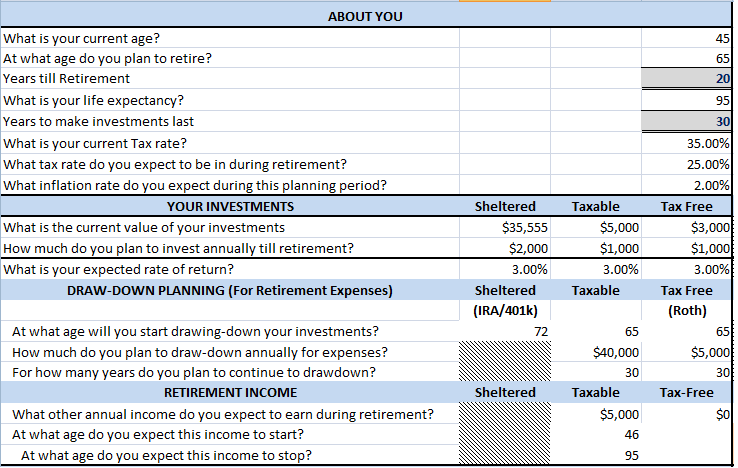 Ru.
Ru.
The rear admiral added that "such a coincidence in the conditions of an extremely difficult military-political situation could lead to an escalation of the confrontation."
The French military portal Opex360 also notes that the coincidence of Russian exercises with preparations for NATO exercises "threatens dangerous incidents."
“The passage of the British destroyer Defender into the Black Sea in June 2021 was the reason for such an incident. Russia considered that the destroyer entered its territorial waters and opened warning fire, after which the Defender changed course," the Opex360 portal recalled.
Military expert, retired Captain First Rank Dmitry Zhukov noted that the NATO exercises "were announced before the Russian ones."
“This means that Russian maneuvers can be regarded as a response to the maneuvers of Western partners. It is thus not an aggressive move, but purely defensive. We are conducting exercises off our coasts. The United States claims the Black Sea.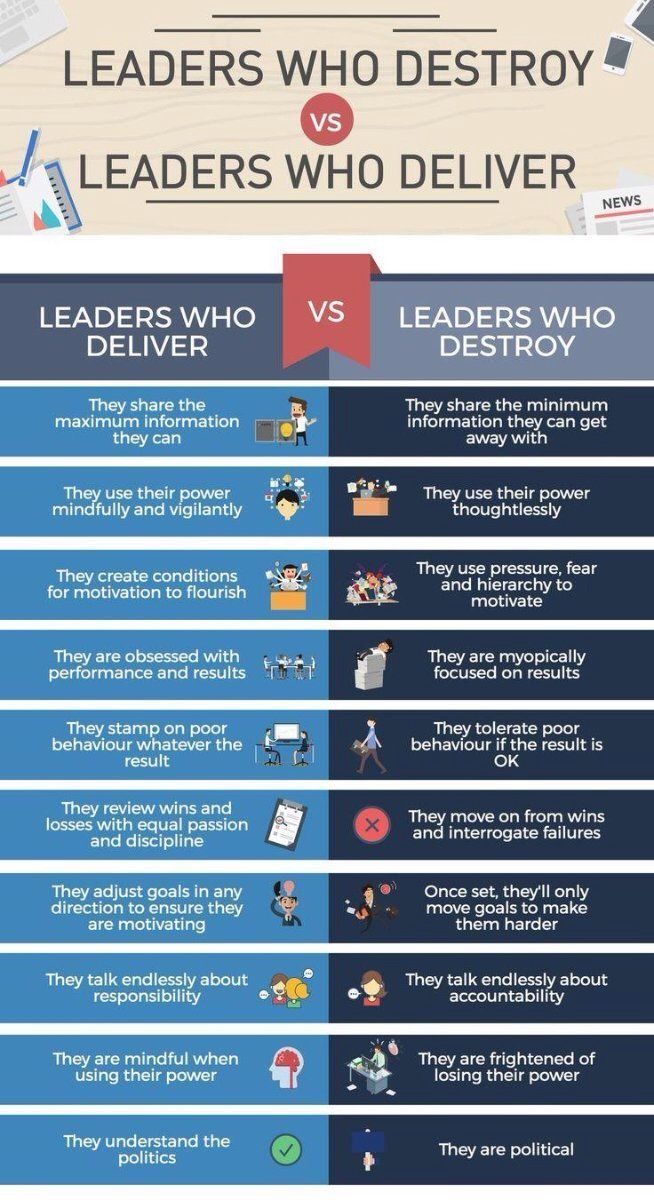 Moscow must endure or respond. The hypothetical situation when the Black Sea is patrolled by NATO ships, and our military is sitting on the shore and just looking at it, is unacceptable for Moscow,” Zhukov believes.
Moscow must endure or respond. The hypothetical situation when the Black Sea is patrolled by NATO ships, and our military is sitting on the shore and just looking at it, is unacceptable for Moscow,” Zhukov believes.
The British Navy, which once sank Napoleon's ships and made the country "mistress of the seas", now trains crews for the yachts of rich and famous people. The Wall Street Journal writes about it. According to the publication, a few months ago, Royal Navy contractors organized courses for servants, skippers and stewards who accompany billionaire yachts on voyages to exclusive vacation spots. One of the first to use the new service was the owner of the 85-meter Ecstasea yacht, Russian oil tycoon Roman Abramovich.
The heiress of British Vice Admiral Horatio Nelson, who won a landmark victory at Cape Trafalgar, is unhappy with this turn. "I don't think anyone could have imagined that in 1805," says Anna Tribe, the admiral's 78-year-old great-great-great granddaughter. If instructors reveal too many secrets to students, Tribe warns, the Royal Navy risks "Abramović and his compatriots suddenly going to war with us."
If instructors reveal too many secrets to students, Tribe warns, the Royal Navy risks "Abramović and his compatriots suddenly going to war with us."
However, Stephen McKay, a retired navy commodore and author of the said training program, says Britain's security is threatened by a much more immediate danger: lack of money (full text at InoPressa.ru).
British ships continue to deliver cargo for military and peacekeeping missions, guarding the routes of oil and other supplies. However, after the Cold War ended and the danger of large-scale maritime conflict decreased, the state stopped supporting the navy. Successive governments cut the Navy's budget more and more, and it had to look for alternative sources of income.
Yachts are too much of an opportunity to pass by, says McKay, head of private defense contractor Flagship Training Ltd. That is why a 63-year-old sailor in a pink tie and a well-cut suit drives his Mercedes past the huge hangars of the Navy to the training base. Thanks to the growing wealth of billionaires like Abramovich, there are more "superyachts" (more than 30 meters long) in the ocean than ships in the Royal Navy.
Thanks to the growing wealth of billionaires like Abramovich, there are more "superyachts" (more than 30 meters long) in the ocean than ships in the Royal Navy.
Demand creates supply
Over the past five years, the number of superyachts built annually has almost doubled. Last year, 253 boats were launched, according to the Yacht Report magazine, which maintains an international scientific list of yachts.
These ships are so large and complex that it takes more sailors to service them than it takes to serve in the British Navy, McKay says. That's why Flagship Training, which helps the fleet make money from its training facilities by training third parties such as Chilean sailors, recently appointed McKay to a new position. Now he is promoting "integrated learning" programs. Instructors work with yachtsmen, teaching them how to put out fires, how to navigate underwater and how to properly fold napkins.
The idea of putting the yachting industry in order came to McKay's mind a year and a half ago, when he was on vacation on the Cote d'Azur.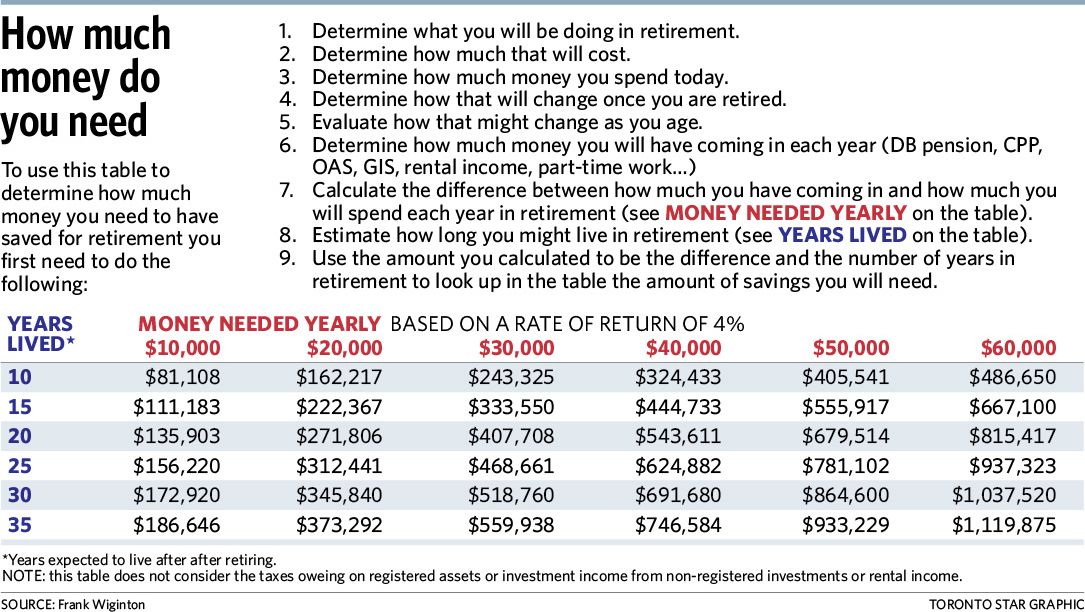 There he first got on board a superyacht.
There he first got on board a superyacht.
Rich, decorated with a cherry tree, a spacious yacht of 55 meters in length made an indelible impression on the sailor. "These big yachts are about the size of a frigate," he says.
The yachts lacked only a crew able to cope with bad weather and emergencies on the water. After spending several months studying other ships and visiting ports, McKay was left at a loss: most of the people who worked on the yachts were not sailors, but "people from the street."
The former commodore returned to Portsmouth and provided the company and naval command with a business plan. The response from the Navy was "very positive," McKay recalls. Commodore Mark Durkin, a navy spokesman, declined to comment on the sailing school, but said the navy is "working closely" with Flagship to "generate revenue that can be invested in our training facilities." Under the terms of the signed contract, Flagship receives 40% of the income from training courses, and the rest goes to the Navy budget. Classes are held at the historic base of the Royal Navy in Portsmouth.
Classes are held at the historic base of the Royal Navy in Portsmouth.
Chris Isom, a retired officer formerly in charge of firefighting training in the Navy, was invited to participate in the development of the week-long course. The program includes, in particular, lessons on how to survive on a ship in distress. Not all the knowledge of military sailors is suitable for civilians, Isom explains, assessing the formation of students dressed in helmets. "A superyacht is not going to be chemically attacked," he says.
Secrets of Abramovich's yacht
Recently, a week-long firefighting course began in Portsmouth by Richard Bridge, captain of Abramovich's Ecstasea. Once in a detachment of uniformed sailors, the 44-year-old skipper changed from jeans to yellow fireproof overalls and tried on a rubber mask with an 11-kilogram oxygen tank.
Together with naval cadets, he coped with a training fire: the flame allegedly broke out in the engine room of the ship and spread to the wardroom. A helicopter rushing to help the ship crashed into it and also caught fire. Bridge charged into the flames, making his way through the labyrinth of lights, the training simulator made to look like the corridors, engine room, and wardroom of a warship.
A helicopter rushing to help the ship crashed into it and also caught fire. Bridge charged into the flames, making his way through the labyrinth of lights, the training simulator made to look like the corridors, engine room, and wardroom of a warship.
The captain of a luxury yacht has never encountered such situations. The steel walls of the training simulator, covered with soot, hardly look like the decoration of Abramovich's yacht, he noted. Bridge was also struck by the willingness of his fellow students to save the warship at any cost. The captain of the yacht, he said, can leave the ship to save the passengers.
In trying to adapt naval training to the needs of the rich, other questions arise: for example, training on a warship does not always prepare a person for the threats that lie in wait for recreational sailing.
For example, a sailor knows about the dangers of alcohol, but he has no experience in ensuring the safety of noisy sea parties where everything is mixed up at once: capricious rich people, expensive furniture, flammable alcohol and cigarettes.